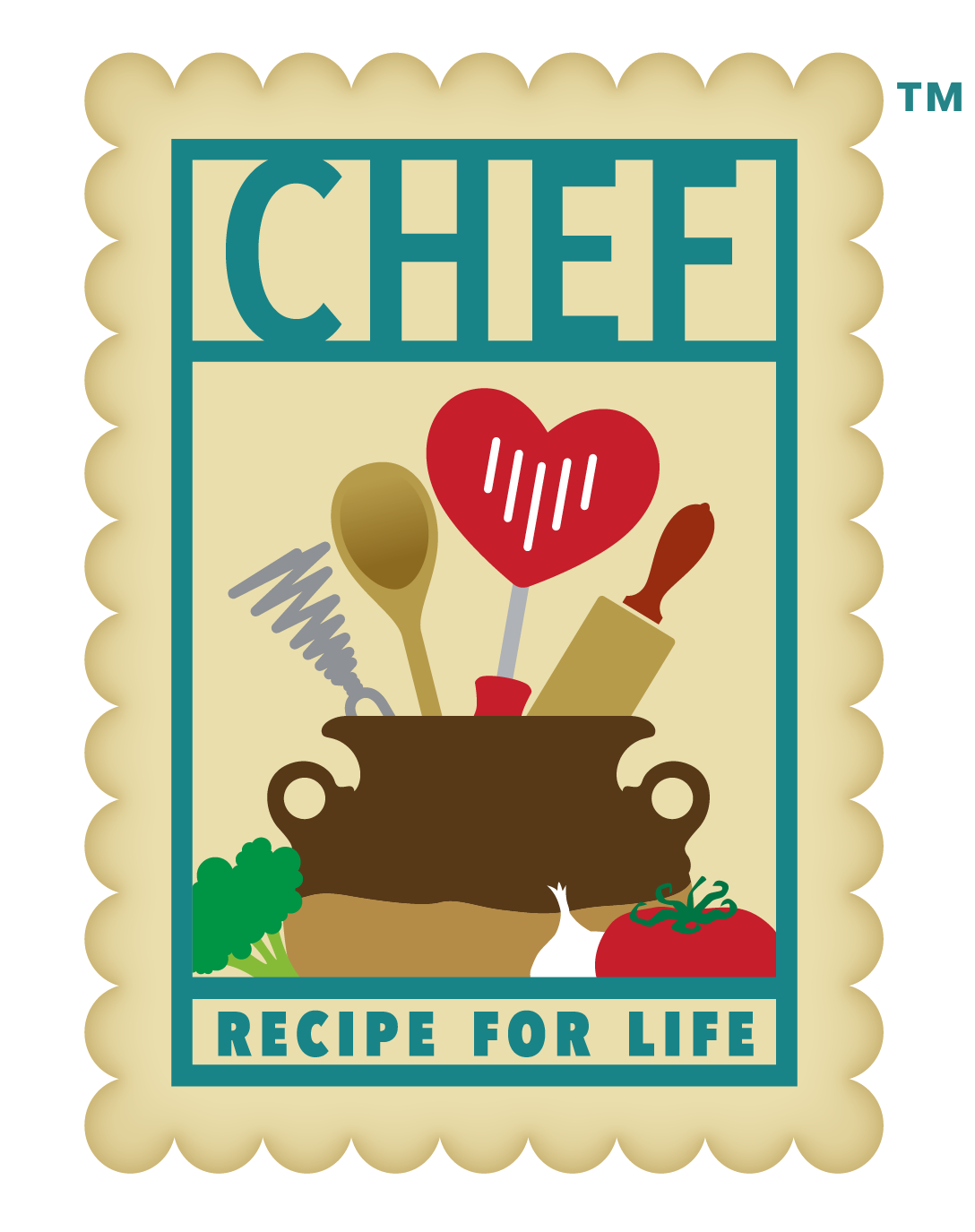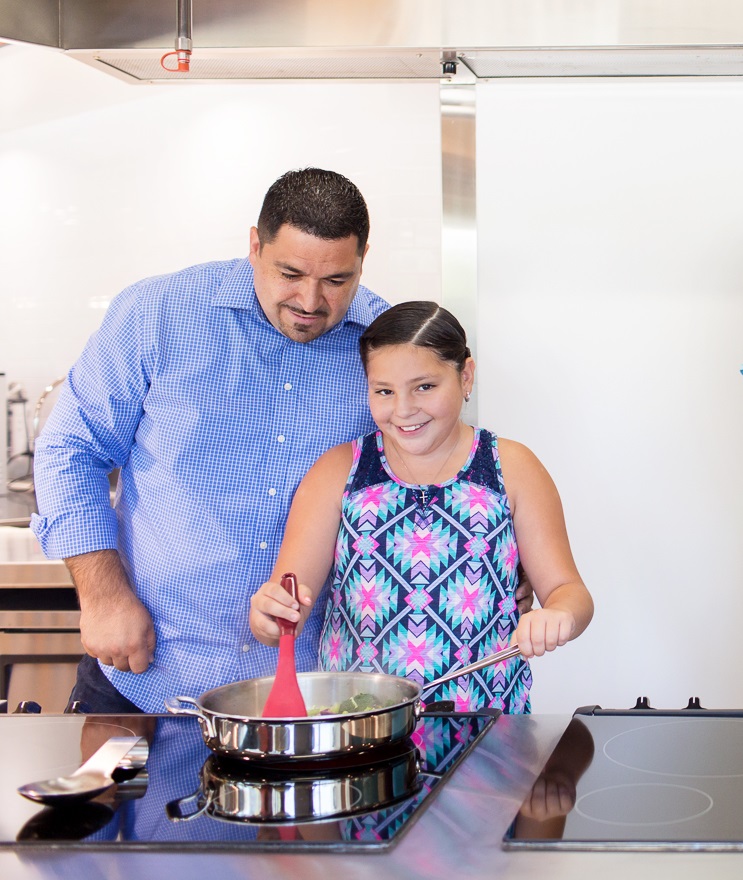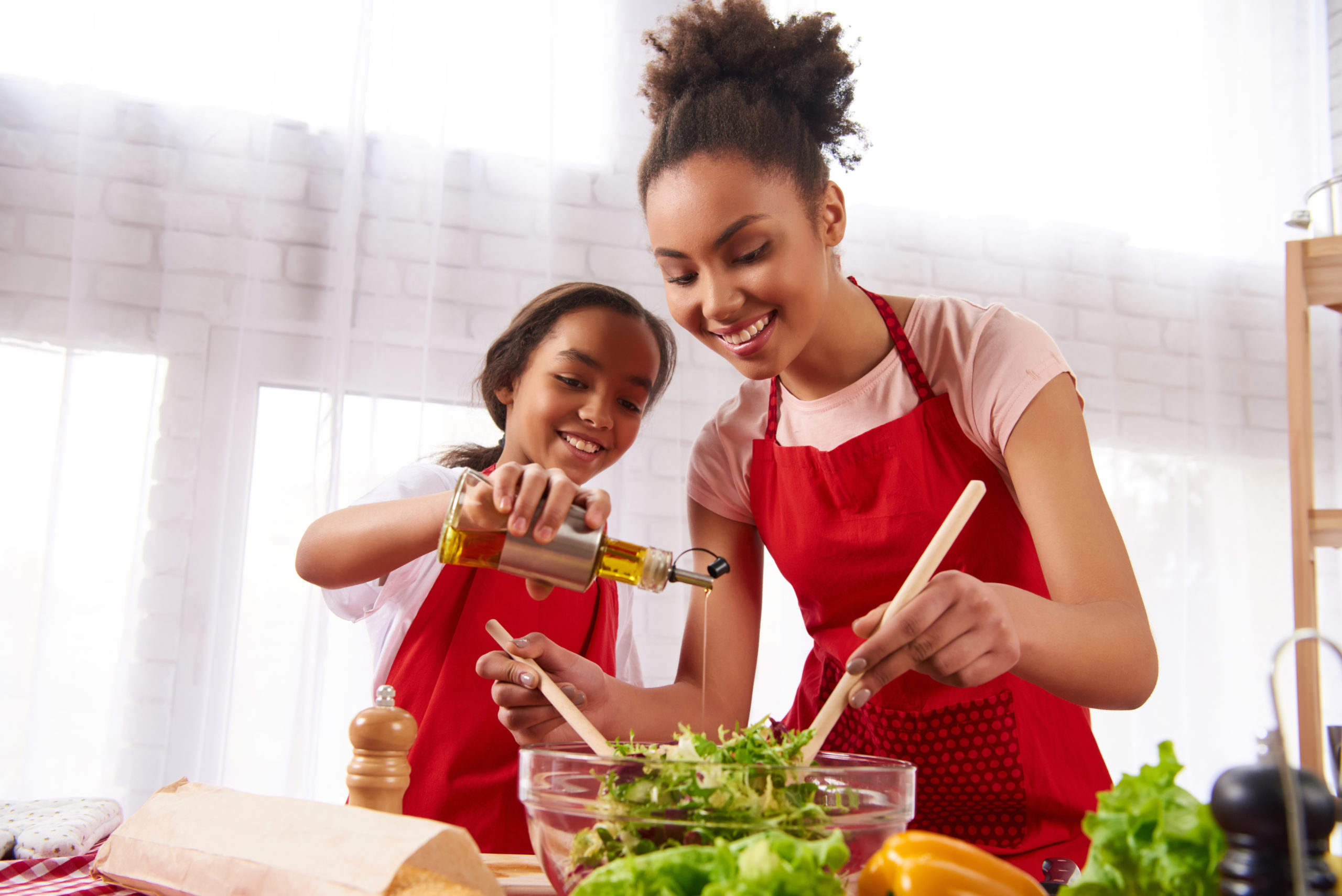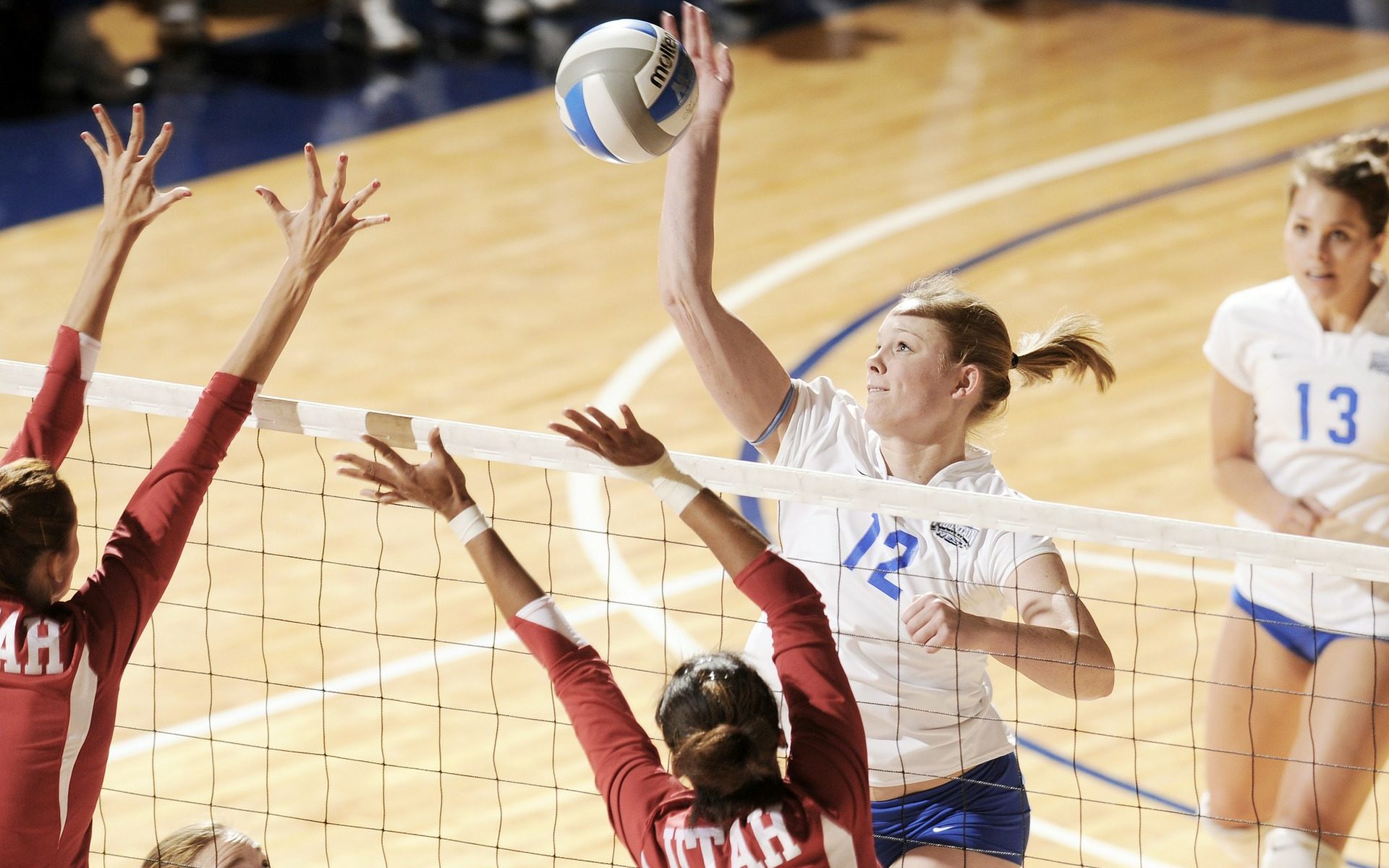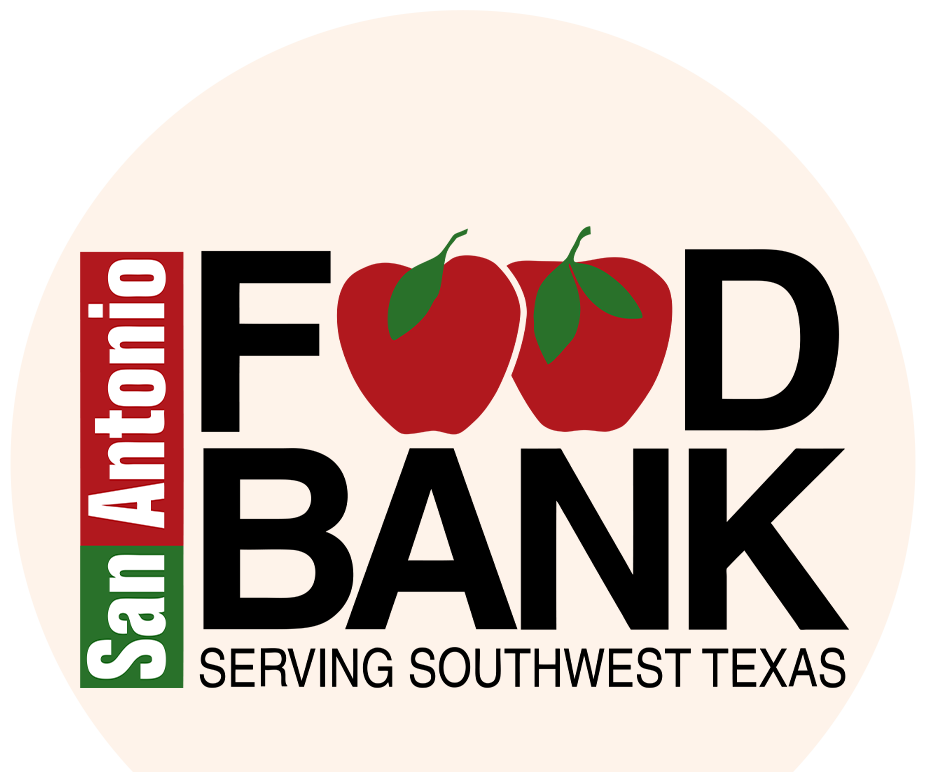By Lauren Weaver, Texas
A&M Dietetic Intern
Edited by Andi
Champion, Marketing Manager, CHEF
The
common phrase “food is fuel” takes on a special meaning for athletes. They need
the proper combination of nutrients not only to complete the daily tasks of life
but also to perform well in their sport. Help your athlete on and off the field
by giving them the right foods to be their best. Athletes who want to win the
race can use proper nutrition to start strong and finish fast!
What
does fueling an athlete properly look like?
Macronutrients
Despite what we may
hear on the internet, there’s no magic food or supplement that helps an athlete
perform their best. The most important thing for athletes is eating the right combination
of macronutrients. A macronutrient (macro for short) is a nutrient that the
body needs in large amounts. They also happen to provide calories. The 3 types
of macros and their functions are:
- Carbohydrates: provide the body with energy
- Proteins: build and repair muscle
- Fats: help the body make hormones
Pre-Workout/Competition
To support good
performance, a carbohydrate rich snack with some protein is best, ideally 1-4
hours pre-exercise. Consuming some fat is okay but too much can make you feel
sluggish, so it’s best to keep fat to a minimum. Here are some great pre-workout ideas:
- Yogurt and fruit
- Whole wheat toast with 1 Tablespoon of peanut
butter and a banana
- Oatmeal made with dried fruit and milk
- Almond butter on an apple
During the Workout
Drinking water is
the most important thing to do during exercise. When you sweat, your body is
losing water so make sure you continue to hydrate during your workout. If your
athlete works out or performs for more than an hour, you can give them simple
carbohydrates, such as fruit or a low-fat granola bar, every 30 minutes to keep
their energy up.
Post-Workout
After working out, the
body needs carbohydrates to replenish the energy that was used, and protein to
repair the muscles. Depending on the timing of your meals, your athlete can
have either a meal or snack. Try one of these tasty combinations:
- A fruit smoothie with Greek yogurt
- Chocolate milk
- Salmon, sweet potato, and green beans
- A whole grain muffin with peanut butter and a
glass of milk
- A rice bowl with chicken, black beans, and
sautéed vegetables
Remember to continue
to hydrate post workout as the body loses a lot of water during exercise.
Hydrate, Hydrate,
Hydrate!
This can’t be
emphasized enough. Making sure you’re hydrated before, during, and after exercise
is so important! In most cases, water is the best drink to hydrate with. If your
athlete works out for more than an hour and sweats a lot, one bottle of
Gatorade or other sports drink might be helpful. Then back to water.
For every pound (16
ounces) of sweat lost, the body needs 24 ounces of water to be fully
rehydrated. If you lost multiple pounds that can be a lot to drink at one time,
so it’s best to stay on top of hydration throughout the day.
For more information on sports nutrition, sign up for our new CHEF for the Student Athlete Classes at The Children’s Hospital of San Antonio. These classes are specifically designed for young athletes and performance artists ages 12 to 18 years old. In these hands-on, engaging classes, students will learn how to take their athletic performance to the next level by fueling their body with all the right nutrients. Classes are open to athletes or teams participating in any sport or in the performance arts and their parents. Click here for more information and to sign up.
